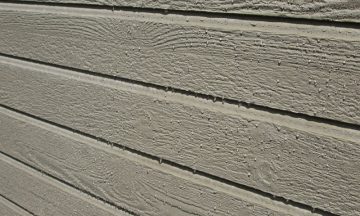
Where Precision Meets Pigment
BOISE’S TRUSTED PAINTING PROFESSIONALS FOR OVER 30 YEARS!
Explain what makes your product or service extraordinary.
Wax Damage Treatment for Painting
Wax bleed primarily affects newer homes constructed from the 2000s onwards, particularly those with exterior hardboard siding. This issue is commonly observed in various composite man-made materials used on home exteriors, although it typically does not occur in materials such as stucco and dryvit.
WHY?
Paraffin wax is added to exterior composite materials to improve water resistance and reduce water absorption. However, this wax can migrate to the surface of the paint, resulting in a patchy accumulation resembling dirt. This phenomenon is most commonly observed on the sun-exposed side of the structure, where siding experiences significant expansion and contraction due to temperature changes.
Nevertheless, it can affect all areas of the home. The heat and fluctuations in the siding cause the wax to melt and seep out. Darker colors are more susceptible to displaying wax bleed due to their tendency to absorb heat, making the filmy discoloration more noticeable and pronounced.
HOW DO I IDENTIFY WAX?
To address a small affected area, try cleaning it with a bleach solution. Mix 1 part bleach with 3 parts water and apply the solution to the suspected area. After wiping away the mixture, rinse and allow it to dry. If the discolored area remains unchanged after cleaning, it is likely wax-related.
For further confirmation, conduct the water droplet test. Spray water heavily onto both the discolored and non-discolored areas. If the water beads up and runs off the discolored area but is absorbed into the non-discolored area, it suggests a wax condition.
Consider the age of the home as well. Most homes built from the early 2000s to the present may experience wax damage, while instances are rare in homes built in the late 90s or earlier.
In severe cases, the wax may be palpable on the siding, feeling oily or waxy to the touch.
TREATMENT
Blue Ribbon has collaborated closely with our paint vendors to tackle this issue effectively. Our current solution involves using a specialized "hot" primer over any affected areas.
This unique primer is designed to penetrate through the wax and bond securely to the paint underneath, establishing a stable surface for successful painting.
